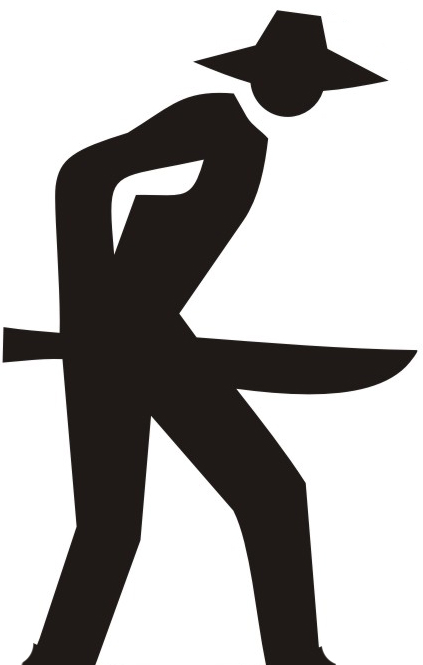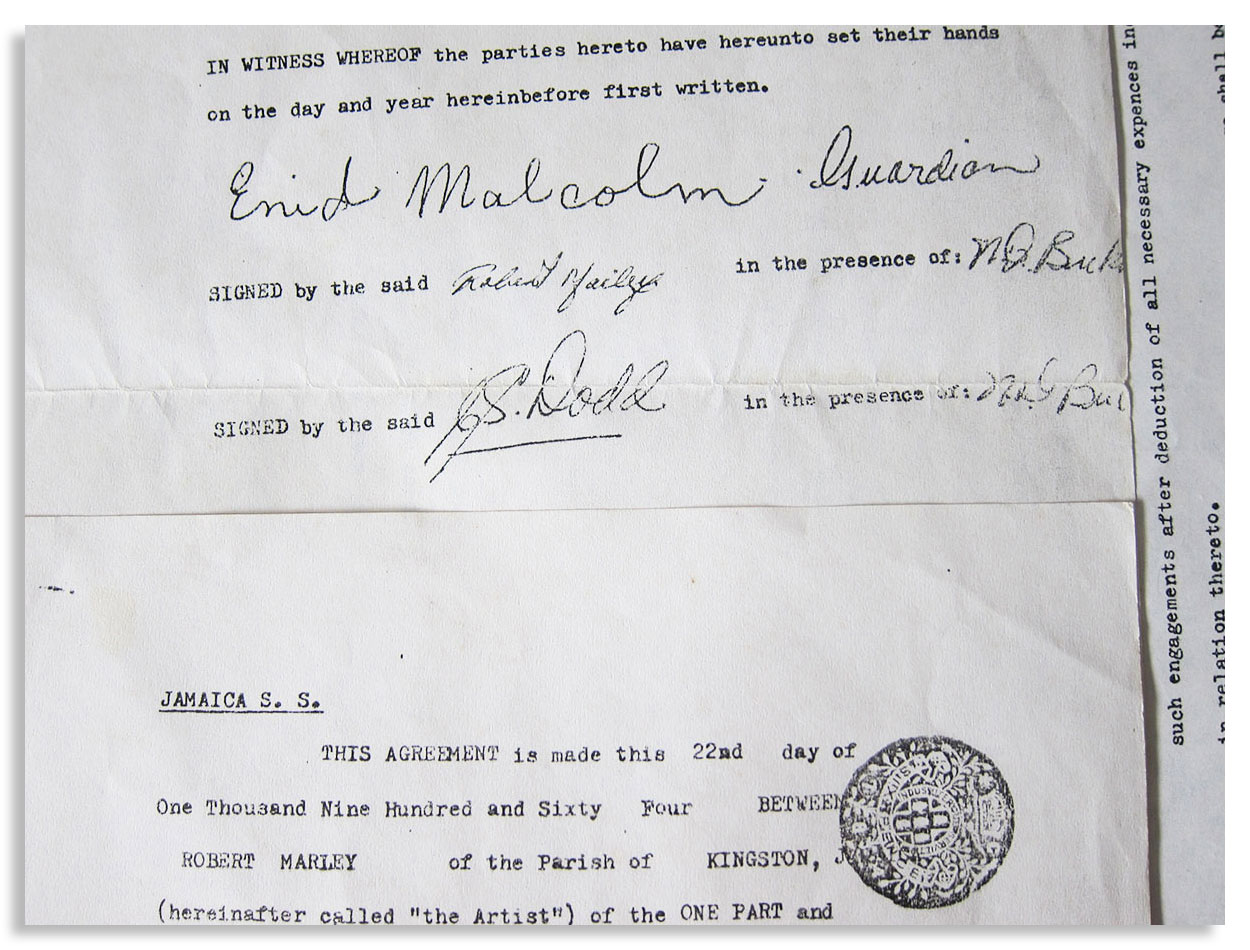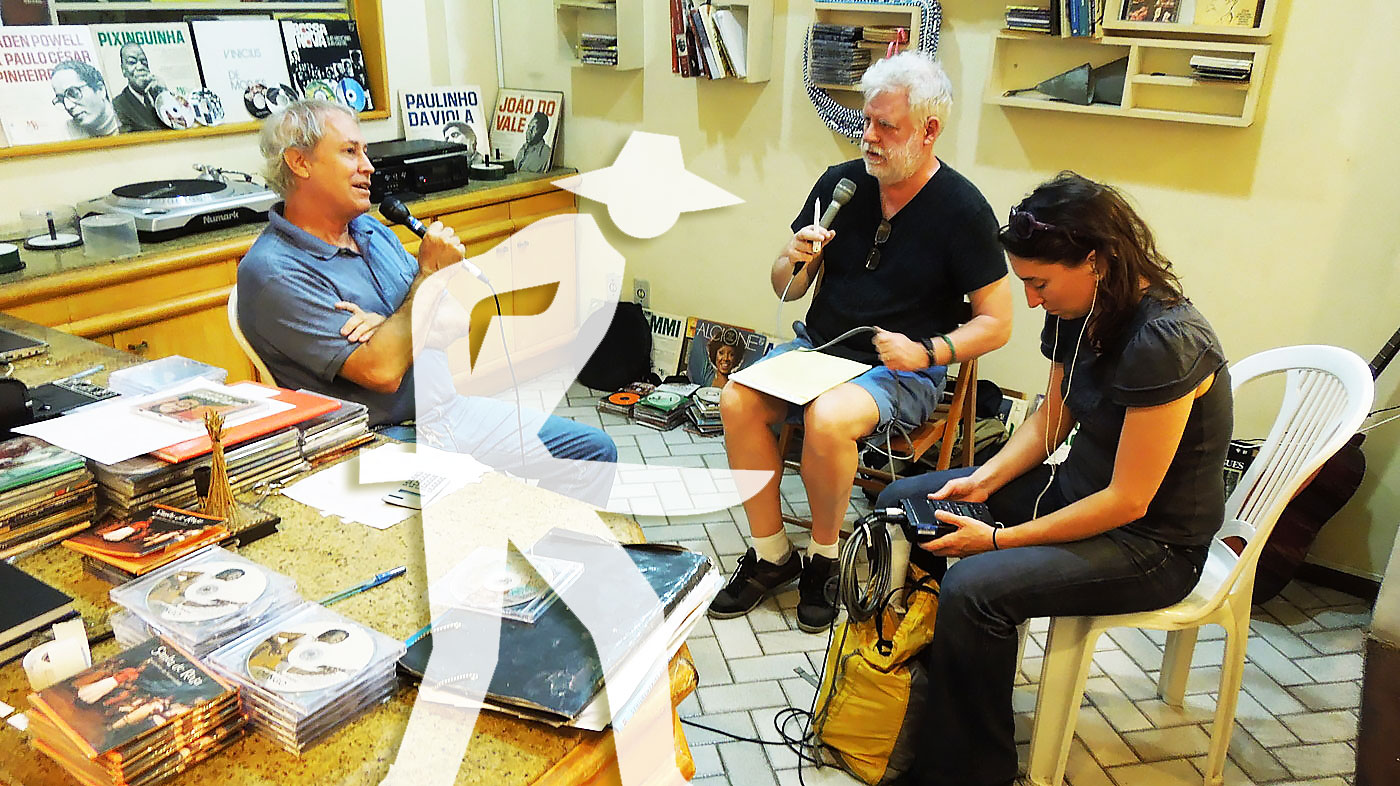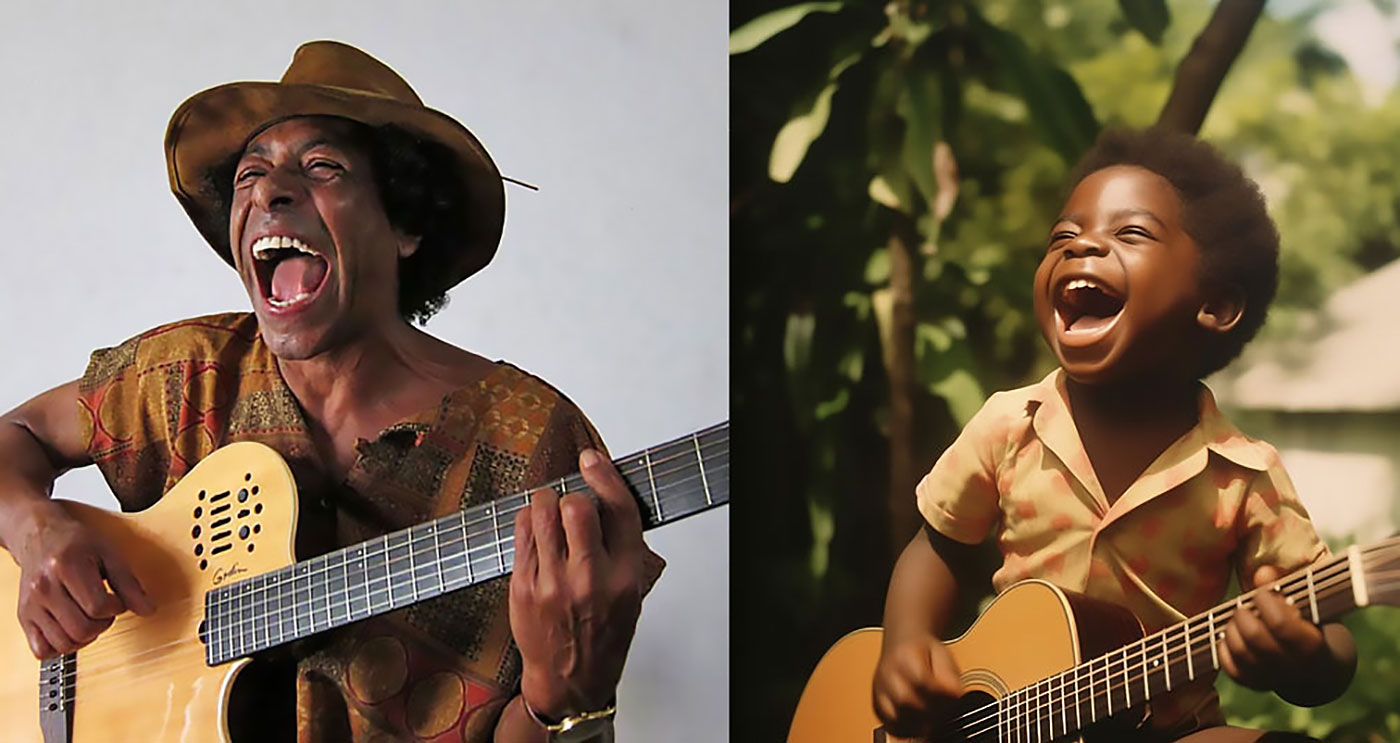Matrix Page
 Curation & Recommendations
Curation & Recommendations...of and for musicians, writers, academics, painters, choreographers, filmmakers, theater directors, sound and set designers, chefs...
CURATION
- from this page: by Matrix
Network Node
- Name: Papa Grows Funk
- City/Place: New Orleans
- Country: United States
Life & Work
-
Bio:
Booty shaking party music best sums up the inimitable Papa Grows Funk, one of the most successful funk bands to emanate from New Orleans. Rooted in improvisation, the group of all-star musicians led by Hammond B3 keyboardist and lead vocalist, John Gros, has built its enthusiastic vibe on a long-standing musical tradition that dates back to the hot jazz of the legends, Fats Domino and Louis Armstrong. Like Dr. John and the Neville Brothers, Papa Grows Funk keeps that New Orleans lineage alive while always funkifying towards the future.
Papa Grows Funk has fused the individual talents of its members into one unique sound, but still retains the first spark they ignited in the beginning while jamming together at the Old Point Bar. “While we throw in New Orleans classics, now our songs and our groove are all our own,” says John Gros. “We still love playing together and that comes through in our music.”
The band plays over 100 shows a year for its international and growing fan base. From the Highline Ballroom in New York City to the Great American Music Hall in San Francisco, from the Nancy Jazz Festival in France to the Fuji Rock Festival in Japan, Papa Grows Funk has brought their “Mardi Gras in a bottle” music to iconic clubs from coast to coast and renowned festivals worldwide.
With no play lists and no rehearsals every Papa Grows Funk performance is its own masterpiece of funk. On any given night, the band might change songs or grooves. But one thing is certain: whether it is jam band college kids or seersucker wearing professionals, five folks or 100,000, after John Gros announces “We’re Papa Grows Funk from the great city of New Orleans,” the crowd is going to go wild.
John Gros – Hammond B3 organ and lead vocals
June Yamagishi- Guitar, backing vocals
Marc Pero – Bass
Jason Mingledorff – Saxophones, backing vocals
Jeffery “Jellybean” Alexander – Drums, backing vocals
Contact Information
- Email: [email protected]
Media | Markets
- ▶ Twitter: PapaGrowsFunk
- ▶ Website: http://www.papagrowsfunk.com
- ▶ Website 2: http://www.douwantitfilm.com
- ▶ YouTube Channel: http://www.youtube.com/user/PapaGrowsFunk
- ▶ YouTube Music: http://music.youtube.com/channel/UCtydmblN_GlDNbWIkCGsGnA
- ▶ Spotify: http://open.spotify.com/album/1zEF32fMPWEdwefmX2Mzw4
- ▶ Spotify 2: http://open.spotify.com/album/2Hx2VsjvbnEhC1UX0iTdZh
- ▶ Spotify 3: http://open.spotify.com/album/0e1c0PlqimsdwG6eBlHrfM
- ▶ Spotify 4: http://open.spotify.com/album/2XPT2mzbE6lwToQql65xj1
- ▶ Spotify 5: http://open.spotify.com/album/2ldSvKunubqZjU9hxfeISz
- ▶ Spotify 6: http://open.spotify.com/album/4RD5omGhJ1sMxI7bv8ieGc
More
-
Quotes, Notes & Etc.
“One of THE best and most important funky bands in New Orleans. We couldn’t be prouder.”
- Quint Davis, producer of the New Orleans Jazz & Heritage Festival
Clips (more may be added)

The Matrix is a small world network in which creators may recommend other creators and be recommended by other creators. And where, like stars coalescing into a galaxy, creators in the Matrix mathematically gravitate to proximity to all other creators in the Matrix, no matter how far apart in location, fame or society. This gravity is called "the small world phenomenon". While the Matrix's utilization of small world gravity is unprecedented, small world networks are all around us, even inside us: our brains contain small world networks. Humanity itself is a small world network wherein over 8 billion human beings average 6 or fewer steps between any two given people, anywhere. Those steps are seldom all transitable though. In the Matrix, they are.
![]() Wolfram MathWorld on the Small World Phenomenon
Wolfram MathWorld on the Small World Phenomenon
![]() Matemática Wolfram sobre o Fenômeno Mundo Pequeno
Matemática Wolfram sobre o Fenômeno Mundo Pequeno
"In a small world great things are possible."

It's not which pill you take, it's which pathways you take, pathways originating in the sprawling cultural matrix of Brazil: Indigenous, African, Sephardic and then Ashkenazic, European, Asian... Matrix Ground Zero is the Recôncavo, contouring the Bay of All Saints, earthly center of gravity for the disembarkation of enslaved human beings — and the sublimity they created — presided over by the ineffable Black Rome of Brazil: Salvador da Bahia.
("Black Rome" is an appellation per Caetano Veloso, son of the Recôncavo, via Mãe Aninha of Ilê Axé Opô Afonjá.)
"Dear Sparrow: I am thrilled to receive your email! Thank you for including me in this wonderful matrix."
—Susan Rogers: Personal recording engineer for Prince, inc. "Purple Rain", "Sign o' the Times", "Around the World in a Day"... Director of the Berklee Music Perception and Cognition Laboratory
"Thanks! It looks great!....I didn't write 'Cantaloupe Island' though...Herbie Hancock did! Great Page though, well done! best, Randy"
"We appreciate you including Kamasi in the matrix, Sparrow."
—Banch Abegaze: manager, Kamasi Washington
"This is super impressive work ! Congratulations ! Thanks for including me :)))"
—Clarice Assad: Pianist and composer with works performed by Yo Yo Ma and orchestras around the world
"Dear Sparrow, Many thanks for this – I am touched!"
—Julian Lloyd-Webber: UK's premier cellist; brother of Andrew Lloyd Webber (Evita, Jesus Christ Superstar, Cats, Phantom of the Opera...)
"Thanks, this is a brilliant idea!!"
—Alicia Svigals: World's premier klezmer violinist
Developed here in the Historic Center of Salvador ↓ .
![]() Bule Bule (Assis Valente)
Bule Bule (Assis Valente)
"♫ The time has come for these bronzed people to show their value..."
Production: Betão Aguiar
MATRIX MODUS OPERANDI
Recommend somebody and you will appear on that person's page. Somebody recommends you and they will appear on your page.
Both pulled by the inexorable mathematical gravity of the small world phenomenon to within range of everybody inside.
And by logical extension, to within range of all humanity outside as well.
MATRIX (PARDAL)
I'm Pardal here in Brazil (that's "Sparrow" in English). The deep roots of this project are in Manhattan, where Allen Klein (managed the Beatles and The Rolling Stones) called me about royalties for the estate of Sam Cooke... where Jerry Ragovoy (co-wrote Time is On My Side, sung by the Stones; Piece of My Heart, Janis Joplin of course; and Pata Pata, sung by the great Miriam Makeba) called me looking for unpaid royalties... where I did contract and licensing for Carlinhos Brown's participation on Bahia Black with Wayne Shorter and Herbie Hancock...
...where I rescued unpaid royalties for Aretha Franklin (from Atlantic Records), Barbra Streisand (from CBS Records), Led Zeppelin, Mongo Santamaria, Gilberto Gil, Astrud Gilberto, Airto Moreira, Jim Hall, Wah Wah Watson (Melvin Ragin), Ray Barretto, Philip Glass, Clement "Sir Coxsone" Dodd for his interest in Bob Marley compositions, Cat Stevens/Yusuf Islam and others...
...where I worked with Earl "Speedo" Carroll of the Cadillacs (who went from doo-wopping as a kid on Harlem streetcorners to top of the charts to working as a janitor at P.S. 87 in Manhattan without ever losing what it was that made him special in the first place), and with Jake and Zeke Carey of The Flamingos (I Only Have Eyes for You)... stuff like that.

Yeah this is Bob's first record contract, made with Clement "Sir Coxsone" Dodd of Studio One and co-signed by his aunt because he was under 21. I took it to Black Rock to argue with CBS' lawyers about the royalties they didn't want to pay (they paid).
MATRIX MUSICAL
I built the Matrix below (I'm below left, with David Dye & Kim Junod for U.S. National Public Radio) among some of the world's most powerfully moving music, some of it made by people barely known beyond village borders. Or in the case of Sodré, his anthem A MASSA — a paean to Brazil's poor ("our pain is the pain of a timid boy, a calf stepped on...") — having blasted from every radio between the Amazon and Brazil's industrial south, before he was silenced. The Matrix started with Sodré, with João do Boi, with Roberto Mendes, with Bule Bule, with Roque Ferreira... music rooted in the sugarcane plantations of Bahia. Hence our logo (a cane cutter).
A Massa (do povo carente) / The Masses (of people in need)

-
Add to my PlaylistA Massa - Raymundo Sodré (7,093 plays)
-
Add to my PlaylistSina de Cantador - Raymundo So... (6,909 plays)
-
Add to my PlaylistMagnetismo - Raymundo Sodré ... (6,353 plays)
-
Add to my PlaylistSacando a Cana - Raymundo Sodr... (5,957 plays)
-
Add to my PlaylistMêrêrê - Raymundo Sodré (5,465 plays)
-
Add to my PlaylistJardim do Amor - Raymundo Sodr... (4,677 plays)
-
Add to my PlaylistDebaixo do Céu - Raymundo Sodr... (4,151 plays)
-
Add to my PlaylistDesejo de Amar - Raymundo Sodr... (3,861 plays)
-
Add to my PlaylistOração pra Yá Oxum - Raymundo ... (3,741 plays)
-
Add to my PlaylistYá África - Raymundo Sodré (3,509 plays)
-
Add to my PlaylistMeu Rio, Cadê o Papel - Raymun... (3,177 plays)
-
Add to my PlaylistCasa de Trois - Raymundo Sodré... (2,896 plays)
-
Add to my PlaylistMulher é Laço que Prende o Coração do Vaqueiro - R... (2,556 plays)























































































































































































































































































































































































































































